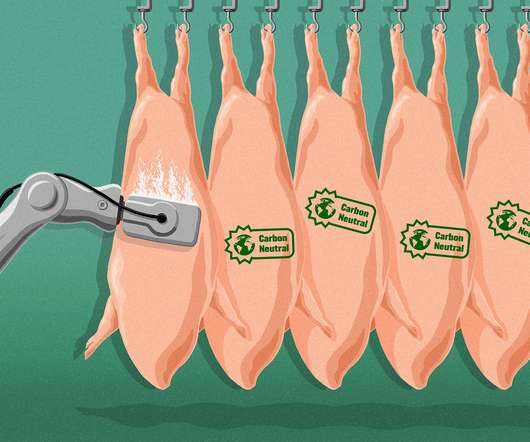Understanding the Anthropocene, Resilience Thinking, and the Future of Industry
Green Business Bureau
JANUARY 18, 2023
In 2016, the Anthropocene Working Group confirmed that the Anthropocene is different from the Holocene, and it began in the year 1950 with the Great Acceleration. Ocean acidification – Surface ocean acidity has already increased by 30 percent since pre-industrial times.














Let's personalize your content